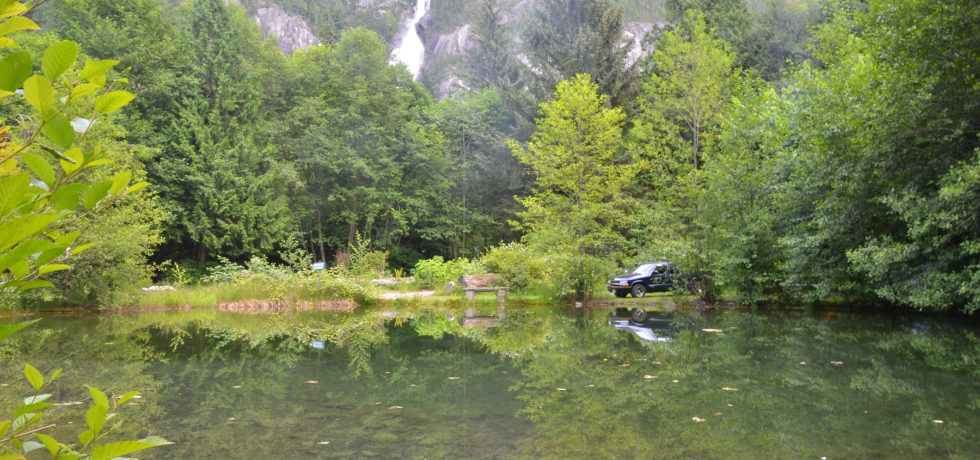Category
- Sustainable Construction
The concrete industry has taken some heat lately on the issue of sustainability. Certain groups or individuals who are concerned about global warming have been critical of the concrete industry because they believe that concrete is an unacceptable contributor to greenhouse gas emissions. They therefore come to the conclusion that concrete as a building material is unsustainable.
Concrete is a mixture of rock, sand, water and cement. It is the production of cement, not concrete, that releases CO2 into the atmosphere. Cement production actually releases a very large amount of CO2 – about one metric ton (MT) of CO2 is released for every MT of cement produced. About 40% of the CO2 is released during the burning of fuel needed to heat the cement ingredients to a very high temperature. The other 60% is released as a byproduct of the chemical reaction that takes place.
But remember that cement is only one component of concrete. In a typical concrete mix these days, the amount of cement in the mix is only about one-eighth of the total mass of the concrete. Therefore, one MT of concrete with 0.12 MT of cement really only contributes 0.12 MT of carbon. Much less than the original impression given by activists. Moreover, even some of this carbon is being offset by modern cement producers who are burning alternative fuels and waste.
When comparing to steel as a building material, keep in mind that steel production is not without its own carbon footprint. Even the use of recycled steel still requires high temperature processing. And unlike concrete, which is always manufactured locally, steel normally requires transportation over significant distances and this can also contribute carbon emissions.
Using timber cut from forests as a building material can possibly be done in a sustainable way, but typically wood construction is not a viable alternative to concrete and steel.
Finally, when we are talking about sustainability, it is important to consider total lifecycle. Ancient concrete structures stand as testament to the fact that concrete is among the very best performers when it comes to longevity. Concrete structures will not need replacement for a very long time and require minimal energy and resources to be spent on maintenance as compared to other building materials. Note also that concrete is an excellent “heat sink” and can absorb heat by day and emit heat at night therefore helping to reduce energy requirements for cooling and/or heating buildings.
All things considered, perhaps concrete is not so unsustainable after all! If you have a suggestion for a topic you would like to see written about here, please feel free to mention it in the comments section. Thanks for reading.



